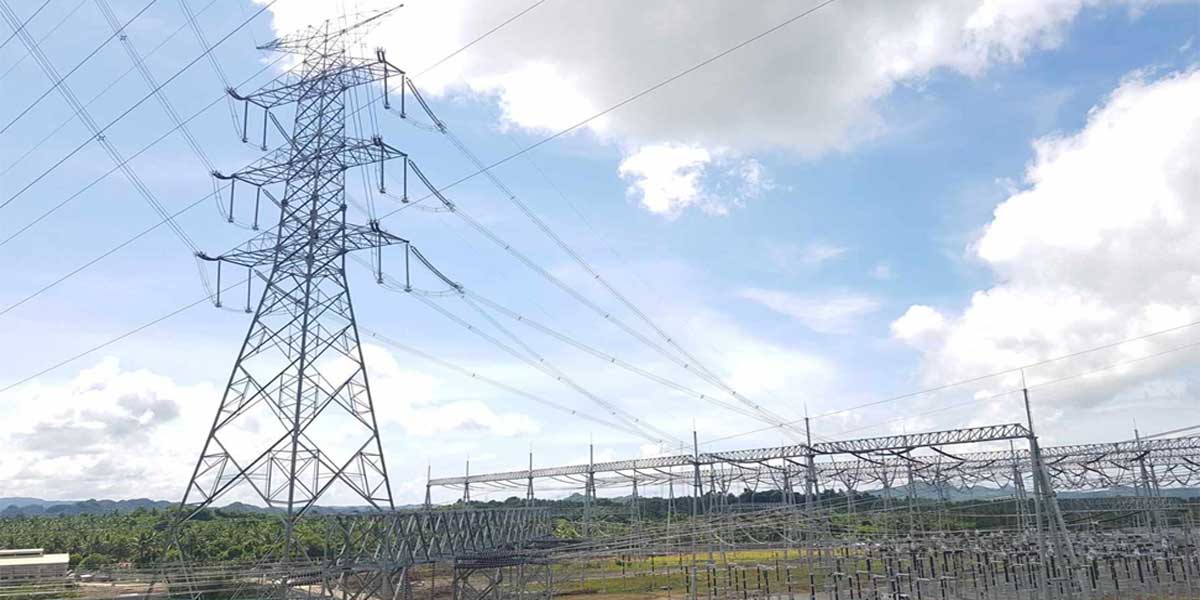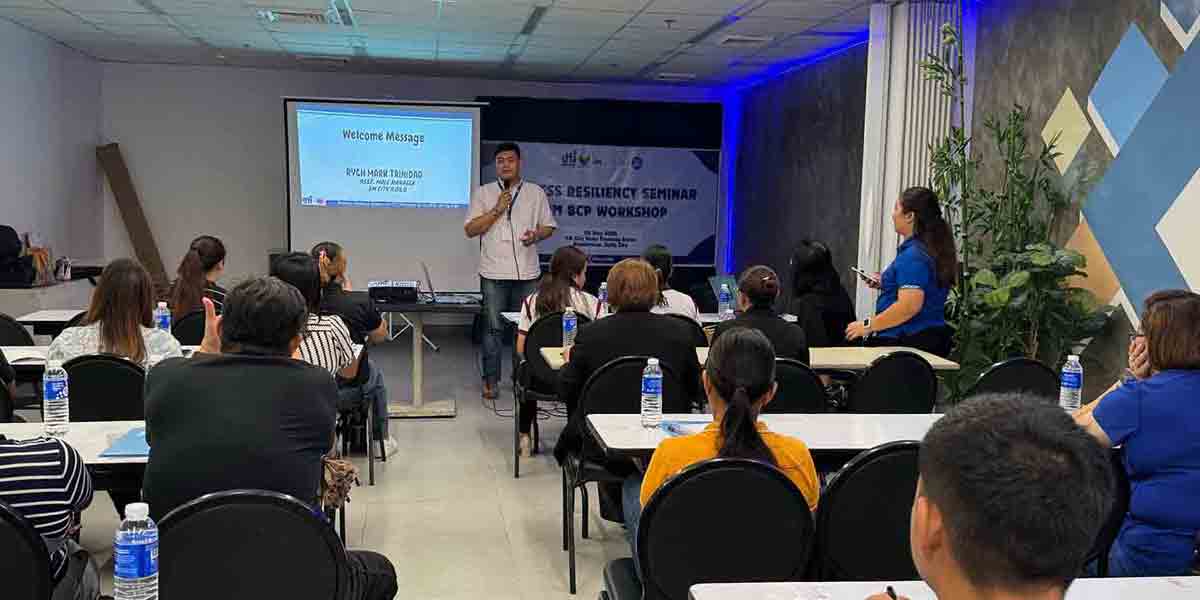
By Joseph B.A. Marzan
(Updated) Ilonggos and visitors may have to wait even longer and endure more traffic jams between Jaro, Iloilo City, and Pavia town after the consultant looking into structural issues of the P680-million Ungka Flyover said that repairs would take 10 months with a price tag of ₱250 million.
Structural engineer Adam Abinales, managing partner of the Pasig-based consulting firm tapped by the Department of Public Works and Highways (DPWH)-Region 6 to look into the “sinking” flyover recommended the additional bored piles in Piers 4, 5, and 6 of the flyover.
During a special meeting of the Regional Development Council’s Infrastructure Development Committee (RDC-IDC), Abinales said that his team found that Pier 5 was standing on a “liquefiable layer of soil” after conducting borehole testing in all 16 piers or foundations of the flyover.
His initial report, based on the DPWH-6’s own cumulative settlement report, indicated that the three flyover piers sank by more than 1 foot, with Pier 5 suffering the deepest vertical displacement at 583 millimeters or 22.9 inches, Pier 6 by 488 mm or 19.21 inches, and Pier 4 by 431 mm or 16 inches.
The movements were monitored between May 2022 and April 14, 2023.
The settlement report also indicated that all 16 piers of the flyover also sank with depths ranging from 17 mm to 151 mm.
This meant that the flyover structure, and passing motor vehicles, would be exposed to risks in case of extreme events such as earthquakes.
Contrary to initial reports from sources, Abinales said the piers would not be removed and would simply be expanded to hold additional bored piles in place.
But there is a need to remove the Prestressed Concrete (PSC) girder from the coping beam to drive the additional bored piles, and possibly have the girder replaced due to the large equipment that will be used.
“The piers will stay and would only be expanded a bit. If you remove [the piers], that would mean total demolition. We think that we could still save the structure,” Abinales said.
Abinales said that the ₱250 million was already the minimum estimated cost for the recommended repair. But the final cost is dependent on the extent of the grouting, which is expected to go as deep as 100 meters to further hold the structure in place.
Grouting involves injecting cement-like substance into the soil to stabilize the piers.
Copies of the design obtained by Daily Guardian indicated that the average depth of the bored piles are at an average of 28 to 30 meters. Abinales said the additional bored piles would be ideally between 40 to 55 meters deep.
He recommended two other rectification measures, including the provision of a portal frame to support the existing PSC girders and the underpinning of the existing piers and abutments including existing bored piles by intense jet grouting.
But Abinales said these were more costly, with the portal frame provisions requiring additional right of way and will affect other PSC girders already installed. The third recommendation would require a specialty contractor in jet grouting and additional load testing.
“All of them are feasible, but the basis here would be the cost and how to do it. Scheme 2 [portal frame installation] will have a challenge in the right-of-way acquisition,” he said.
Abinales said they are still working on the detailed engineering design of the rectifications, which is expected to be turned over to the DPWH by end-May 2023.
DPWH Undersecretary Roberto Bernardo said that the additional works would most likely start in 2024, as funding under the 2023 national budget is unavailable.
“We cannot source out the 2023 [budget], so our only option is [the] 2024 budget. If the President [Ferdinand Marcos Jr.] signs the [2024 budget] by December, then we can start by January,” said Bernardo.
He suggested that the current contractor, the International Builders Corporation (IBC), may also shoulder the expenses for these additional works, and may even work on the rectifications themselves.
“[IBC] was able to follow the plans as stated. This will be additional work, and we will not destroy what they had built, but merely add to it,” he said.
“There is a possibility [that IBC would do the additional work], so long as it complies with [Republic Act No. 9184] rules. […] We are also looking into the aspect [of having them shoulder the additional work] but of course, before we fund [additional work], we have to evaluate it. Whatever would be the addition to what had been done, it could be additional work, or variation order, or whatever. What is important is that we fund this,” he added.
The undersecretary nixed the idea of holding anyone criminally liable because of this investigation, saying that their number one priority was to ease commuter inconvenience.
He also mentioned the possibility of a geotechnical investigation on the Aganan Flyover, also in Pavia, but did not disclose further details as to how or when it would be done.






















